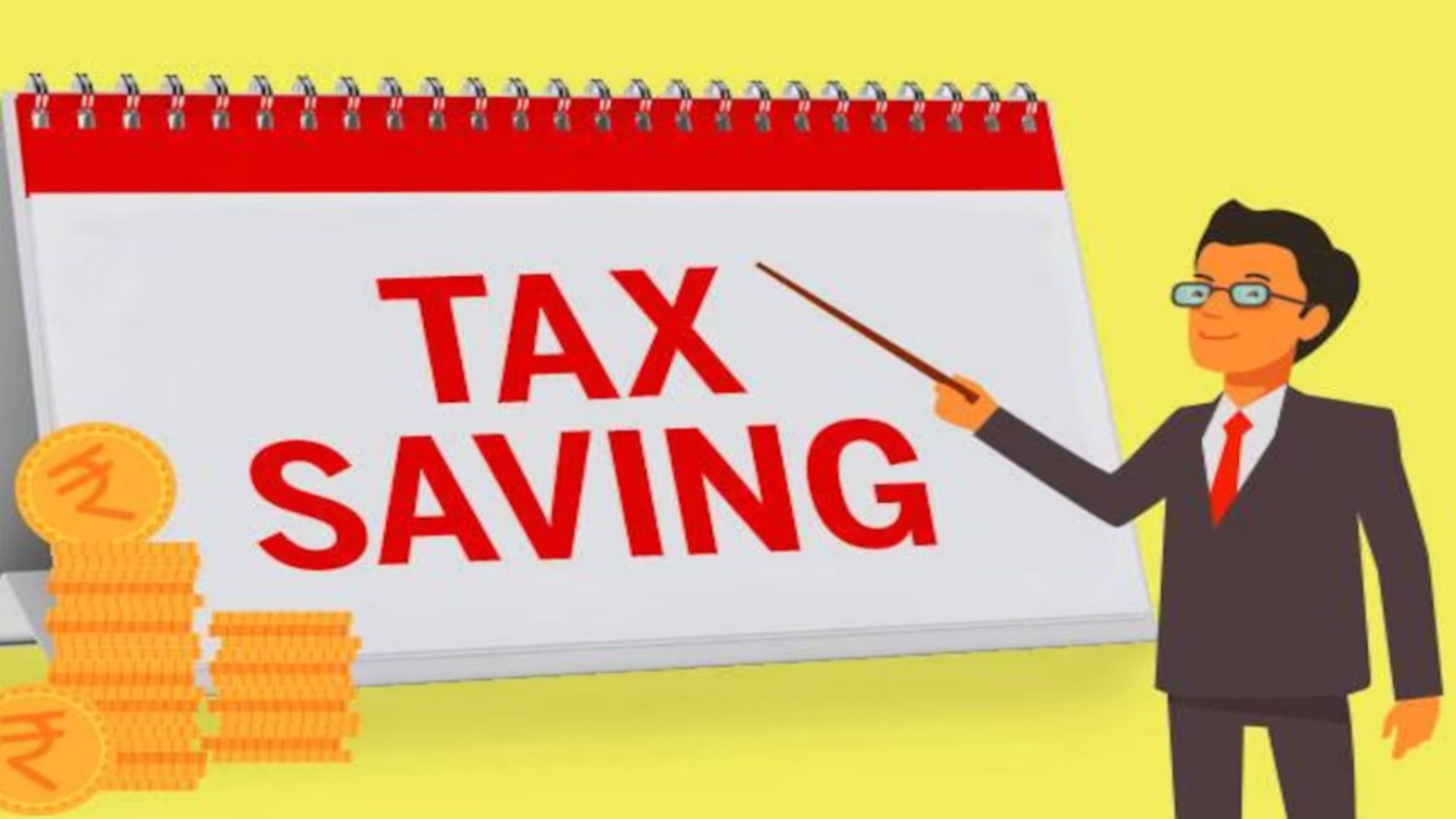

Time is Running Out: Act Now for Tax-Saving Investments
If you’ve chosen the older tax regime, complete with exemptions, and find yourself yet to embark on your tax-saving investments, urgency is paramount. With less than two months remaining until March 31st – the final deadline for actions pertaining to the fiscal year 2023-24 – swift action is imperative.
Missed the Employer’s Deadline? You Still Have Options
For salaried individuals who missed the investment declaration deadline set by their employers, all is not lost. However, there are repercussions to consider. In such scenarios, your employer would have deducted surplus tax while calculating your taxable income for the fiscal year 2023-24. Though you can claim a tax refund for this excess tax deducted when filing your returns in July, it’s advisable to steer clear of this inconvenience altogether.
Early Birds Reap the Benefits: Commence Tax Planning in April
Indeed, all taxpayers stand to gain by initiating their tax-saving endeavors well in advance, ideally in April, at the onset of the fiscal year. Starting early allows ample time to sidestep last-minute hurdles and make well-informed investment decisions.
Proactive Planning: Integrating Tax Goals with Financial Strategy
A proactive approach ensures that tax planning isn’t merely a standalone task but rather an integral part of a holistic, goal-oriented financial strategy.
Insights from the Experts: Key Takeaways
For insights into effective tax planning, particularly when time is of the essence, Moneycontrol’s Preeti Kulkarni sat down with Nisreen Mamaji, Founder of MoneyWorks Financial Services. Here are the primary insights gleaned from their discussion:
Early Action Yields Maximum Benefits
Initiating the tax planning process in April, at the commencement of the fiscal year, is always advisable to maximize available tax-saving benefits under relevant sections such as 80C, 80D (pertaining to health insurance premiums), and others.
Thorough Research Leads to Informed Choices
Starting early provides ample time to conduct thorough research and select investment avenues based on criteria such as risk-reward ratio, liquidity, and lock-in period.
Systematic Investment: Minimizing Cash Flow Strain
By spreading investments systematically throughout the year, starting in April, individuals can minimize the strain on their cash flows. Investing a lump sum in March may lead to financial constraints in the final month of the fiscal year.
Navigating Market Volatility with Strategy
For example, initiating a systematic investment plan (SIP) in equity-linked savings schemes (ELSS) in April, rather than investing a lump sum in February or March, can help individuals navigate market volatility more effectively throughout the year.
Assessing and Addressing Shortfalls
For individuals yet to make tax-saving investments, it’s crucial to assess the shortfall in the Rs 1.5-lakh limit under section 80C and take appropriate action.
Choosing Suitable Investment Instruments
Individuals can choose from a variety of 80C instruments such as ELSS funds, public provident fund (PPF), national savings certificates (NSC), senior citizen savings scheme (SCSS), and others, depending on their financial goals and risk appetite.
Long-Term Planning for Long-Term Gains
Before committing to long-term products, it’s essential to consider short-term and long-term goals, risk tolerance, and investment horizon. Long-term products may not be liquidated in case of emergencies.
Avoid Last-Minute Rush: Plan Ahead
Avoid waiting until March 31st to complete the tax-saving process, as technical glitches on investment portals could jeopardize plans at the eleventh hour.